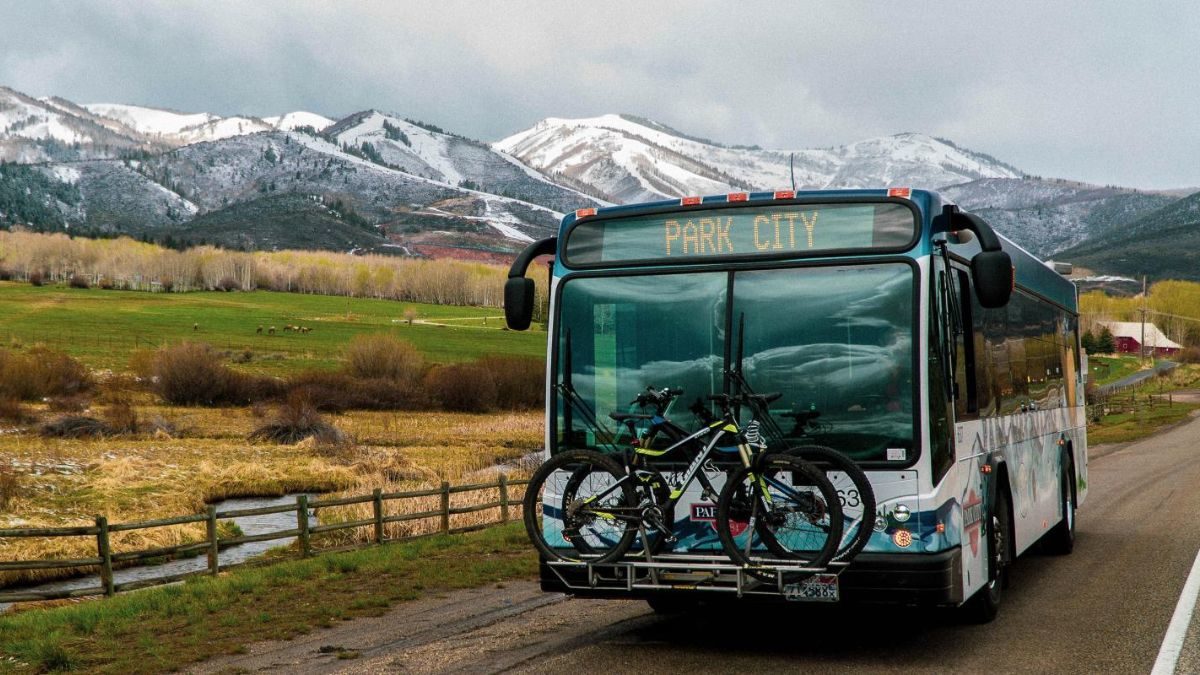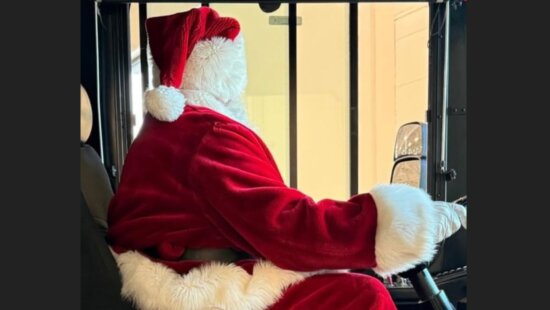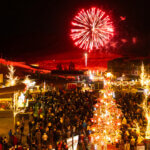Town & County
Council advances S.R. 224 bus lane project despite $100M budget uncertainty

Dedicated bus lanes are coming to Park City and Summit County. Photo: Park City Municipal
Park City Council members expressed concern about the potential contribution to the project, which has increased from an initial estimate of $6 million to a “worst case scenario” of $20 million
PARK CITY, Utah — Park City Council members voiced support Tuesday for a proposed Bus Rapid Transit (BRT) system, following High Valley Transit’s request for a commitment on the $103 million project connecting Kimball Junction to Old Town.
Bus Rapid Transit (BRT) system
High Valley Transit, in partnership with Park City, Summit County, and UDOT, is designing bus rapid transit (BRT) lanes along SR-224 from Kimball Junction to Old Town. This project aims to provide fast, frequent, and reliable transit for 3,000 to 5,000 daily riders without increasing traffic, building parking structures, or widening roads. Construction is slated to begin in 2025 with a project opening anticipated for late 2028.
High Valley Transit Executive Director Caroline Rodriguez pressed for an immediate decision, citing risks to federal and state funding. “We are endangering our funding. We at High Valley are not going to allow that to happen. So we’re going forward. So the question today is, do you want it in Park City?” Rodriguez said.
The project aims to address critical transportation challenges facing the region. Currently, the existing 10x route operates at only 66% on-time reliability and serves 2,000 riders daily. The new BRT system would more than double capacity to 5,000 daily rides while reducing travel times by up to 25 minutes during peak periods.
Park City Councilmember Tana Toly emphasized the workforce benefits. “Seventy percent of people coming into town every day are coming in on 224, we have upwards of 13,000 people coming to work… So to me, the value of this project may not be seen by how many of our residents are using it, but it’s how we’re getting our workforce and our day skiers here,” Toly said.
Council members expressed concerns about the city’s potential contribution, which has increased from an initial $6 million to a “worst case scenario” $20 million. Park City officials also sought assurances about their role in the project’s design.
“As long as our staff is going to not only be at the table, but be part of these decisions and really be able to influence the best solutions here, then I’m on board,” said Park City councilmember Jeremy Rubell, but he also stated his unease in committing to something before numbers are finalized. “Would anyone go buy a car and be told ‘you don’t know how much it costs— It could be $500,000, it could be $50,000, but tell me today.’ So, that doesn’t feel good— It feels kind of like we’re being pressured.”
Rodriguez followed up on this stating that the commitment has to come before they can get the full details. “We can’t sign a contract to move forward into design until we have commitment from all of our partners,” she said.
Next steps include drafting a memorandum of understanding between the councils. The project team expects contractors on board by December, with updated cost estimates available in early 2025 as design work progresses to 30% completion.
All council members ultimately gave verbal support to move forward, with Park City Mayor requesting formal consideration at an upcoming council meeting.
Summit County secures $25 million dollar federal grant for transit improvements
High Valley Transit secures $40 million in funding


















